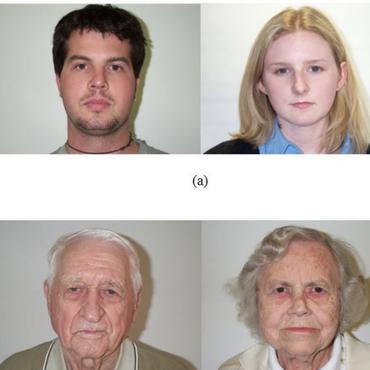Dynamic Adaptive Spatio-temporal Graph Convolution for fMRI Modelling
The characterisation of the brain as a functional network in which the connections between brain regions are represented by correlation values across time series has been very popular in the last years. Although this representation has advanced our understanding of brain function, it represents a simplified model of brain connectivity that has a complex dynamic spatio-temporal nature. Oversimplification of the data may hinder the merits of applying advanced non-linear feature extraction algorithms. To this end, we propose a dynamic adaptive spatio-temporal graph convolution (DAST-GCN) model to overcome the shortcomings of pre-defined static correlation-based graph structures. The proposed approach allows end-to-end inference of dynamic connections between brain regions via layer-wise graph structure learning module while mapping brain connectivity to a phenotype in a supervised learning framework. This leverages the computational power of the model, data and targets to represent brain connectivity, and could enable the identification of potential biomarkers for the supervised target in question. We evaluate our pipeline on the UKBiobank dataset for age and gender classification tasks from resting-state functional scans and show that it outperforms currently adapted linear and non-linear methods in neuroimaging. Further, we assess the generalizability of the inferred graph structure by transferring the pre-trained graph to an independent dataset for the same task. Our results demonstrate the task-robustness of the graph against different scanning parameters and demographics.
PDF Abstract



